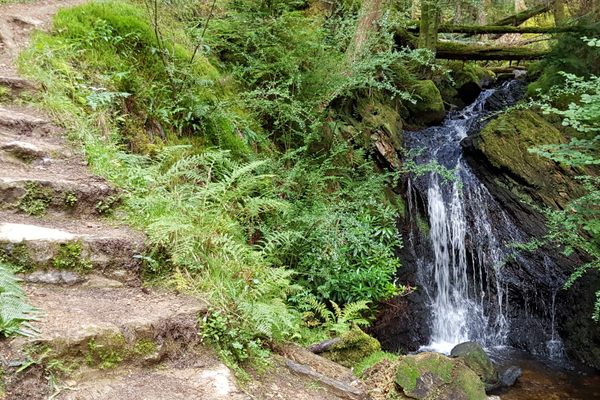About
This stretch of Canadian wetland is especially beautiful in the morning, when the blue mist rolls across the landscape. This gorgeous morning display is what earned the bog its name: "Mer Bleue” translates to “blue sea.” It’s an interesting place to explore as the the bog, though not an unusual habitat, is in a rather unusual place.
Its boreal-like ecosystem is similar to the environments found in more northern regions, so it’s rare to find such a landscape this far south in Canada. As such, the bog is a wonderful southern home for plants and wildlife typically found up north. It’s also home to the endangered spotted turtle.
The intriguing environment formed at the end of the last Ice Age, back when the St. Lawrence River and Ottawa Valley were part of a temporary inlet. After the sea receded, the bog managed to remain, forming a wet, peaty landscape wedged safely within the remnants of an old river channel.
Unfortunately for the bog and its many plant and animal inhabitants, European settlers and the Canadian government were a bit slow to realize its immense natural and scientific value. They farmed the surrounding area, felled its trees to feed the logging industry, hunted, and extracted large amounts of peat. During World War II, the Royal Canadian Air Force even used the grounds for bombing practice.
Thankfully, the government transformed the bog into a nature preserve in the 1950s and made it part of Ottawa’s Greenbelt. It’s used for both scientific study and recreation. An interpretive boardwalk stretches across portions of the mucky swampland that lead up to the main bog, letting people walk among the reeds while scouring their surroundings for a glimpse of the fascinating wildlife all around.
Related Tags
Community Contributors
Added By
Published
March 19, 2018































